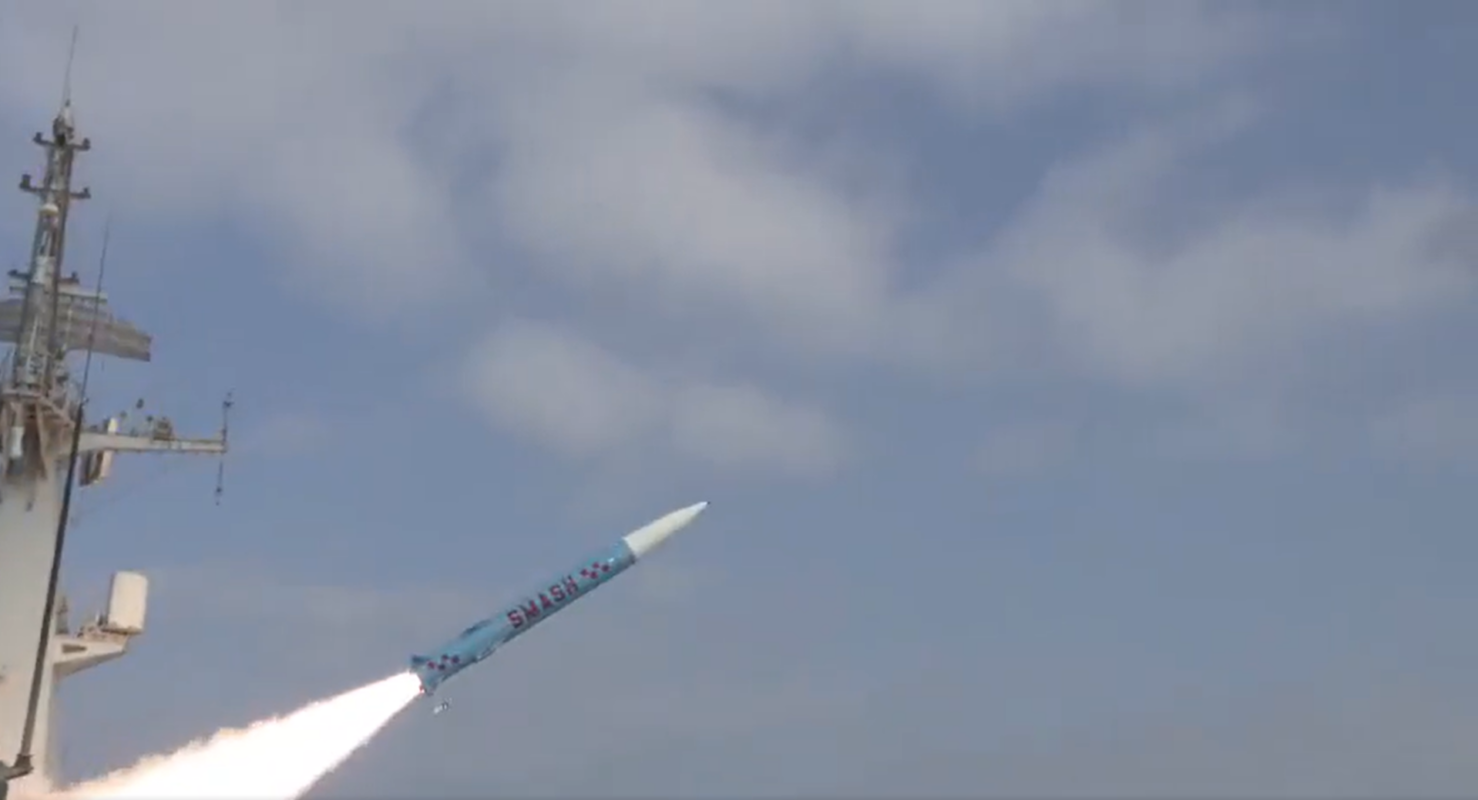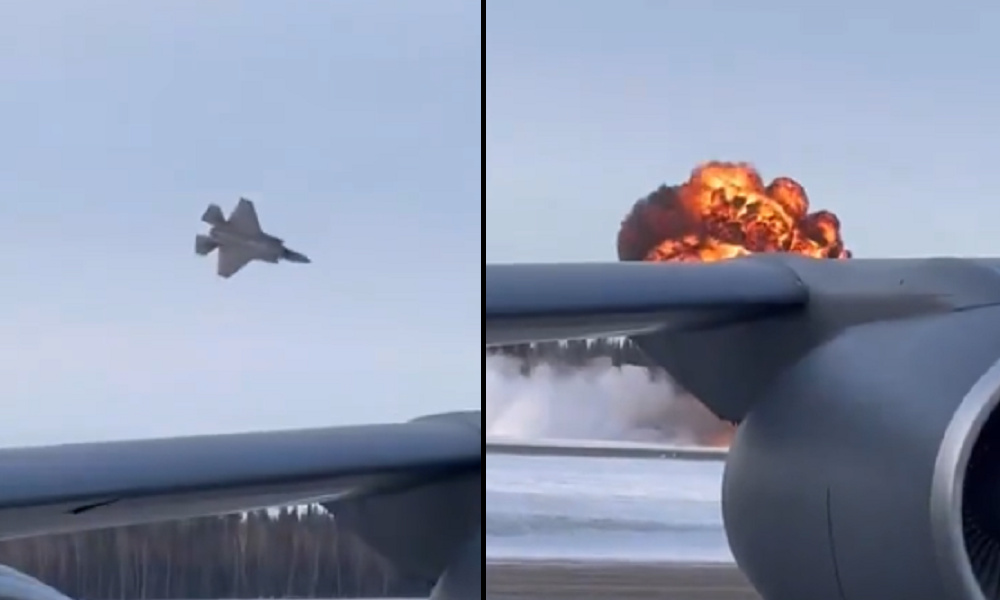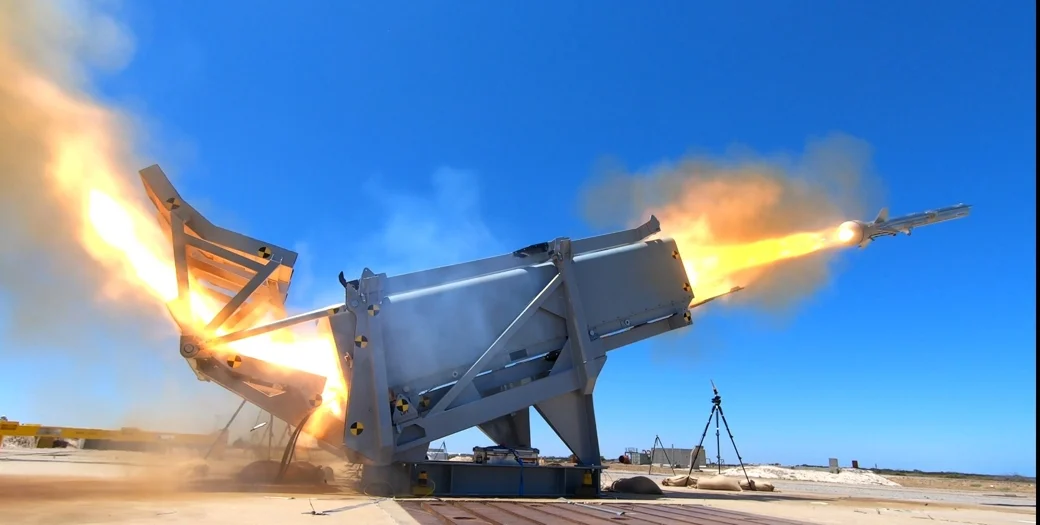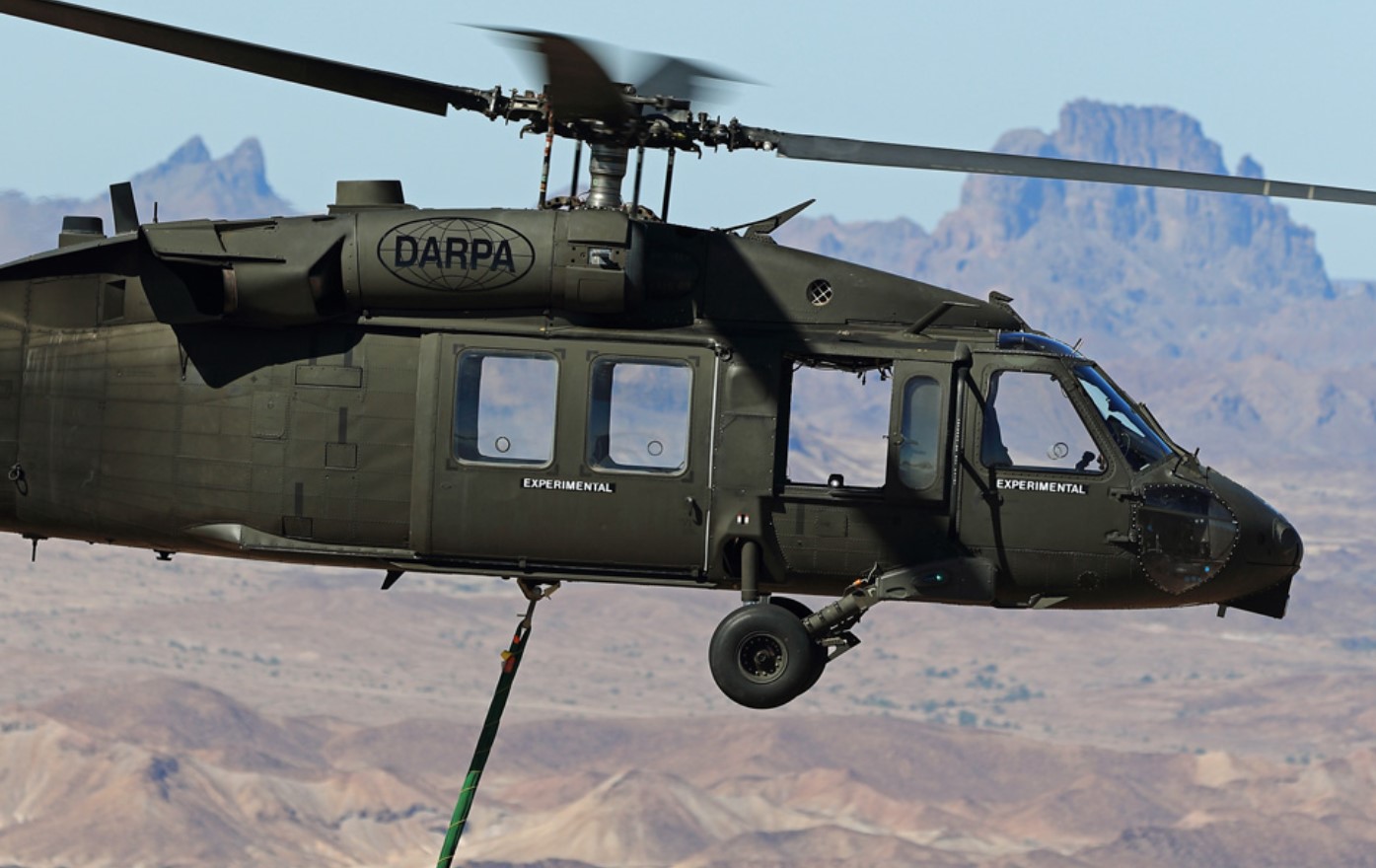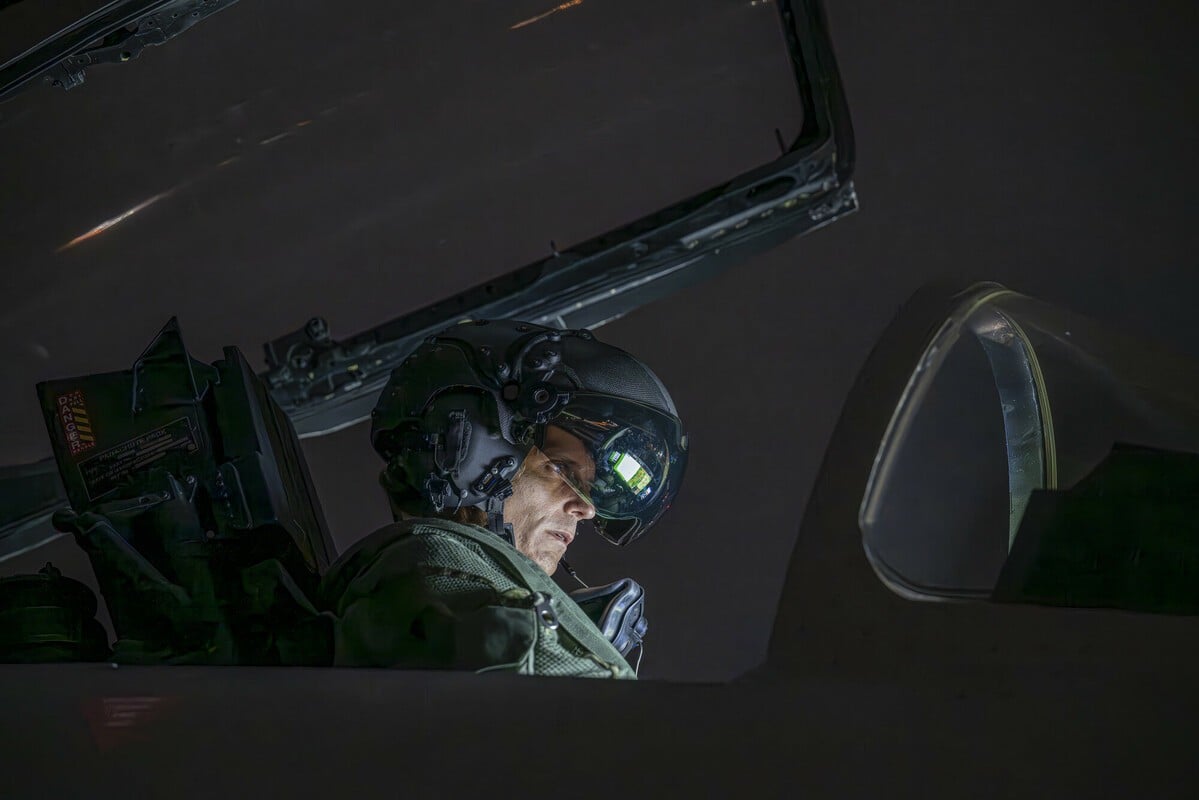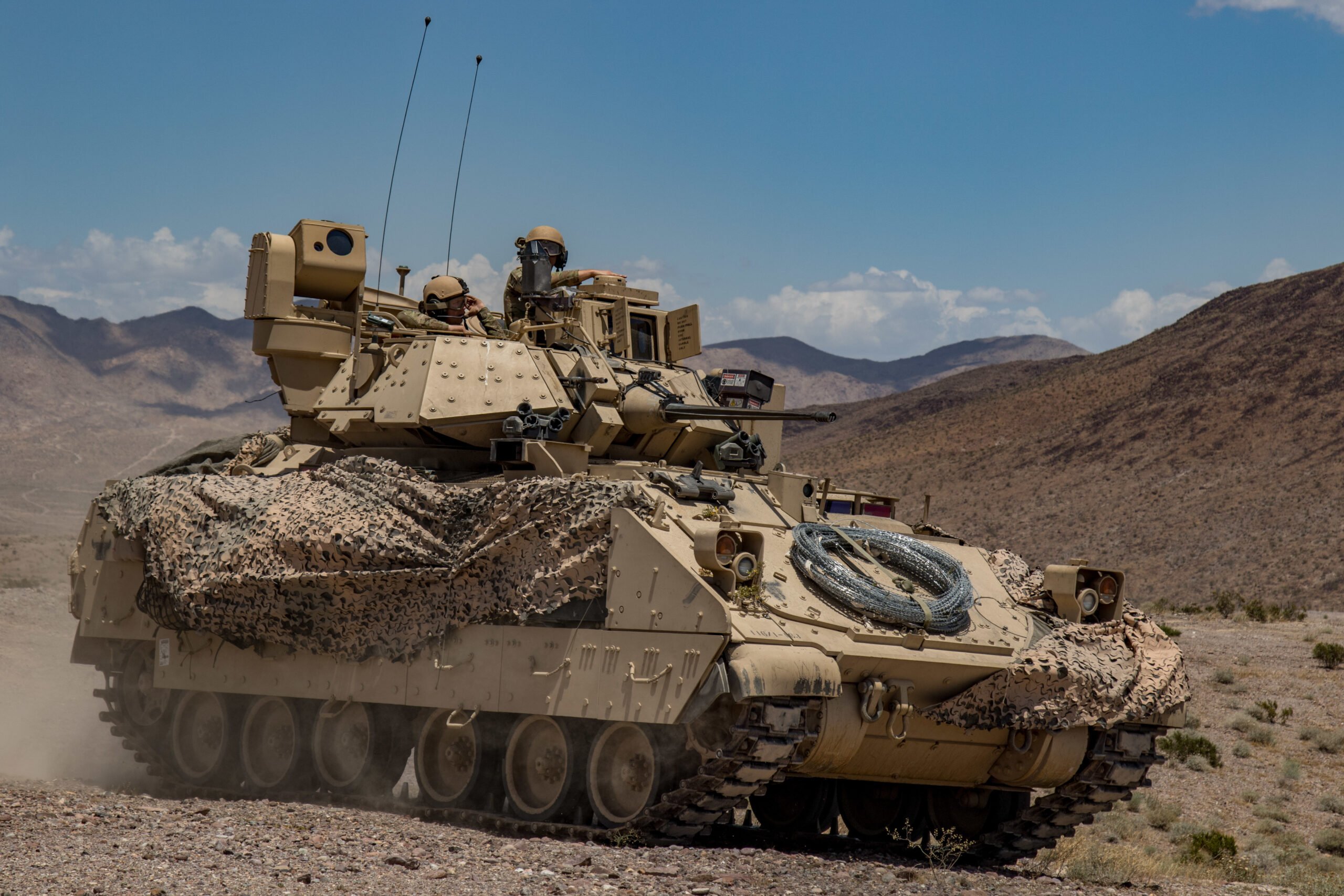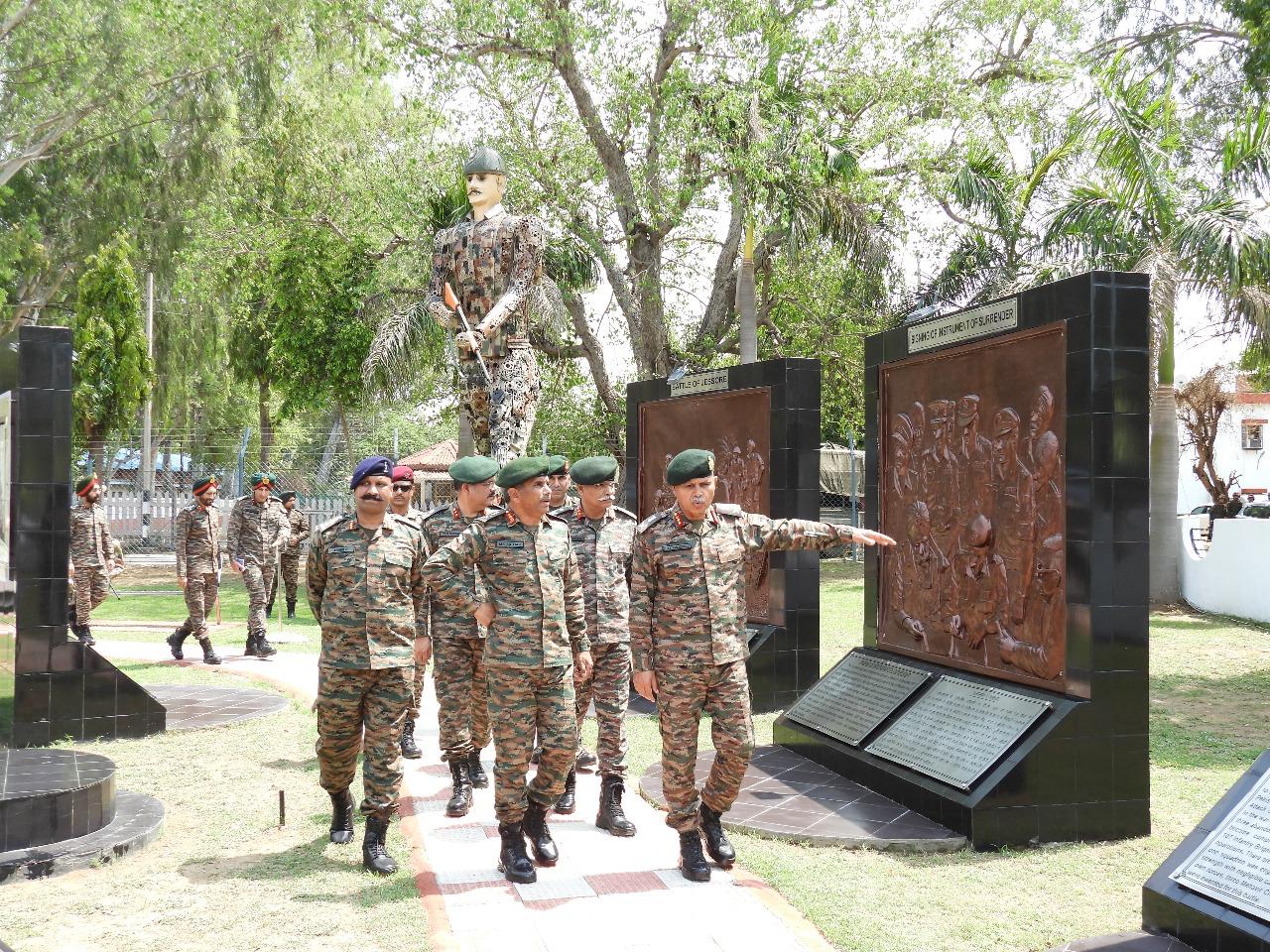The Pakistan Navy has marked a significant milestone by successfully test-launching a locally developed ship-launched ballistic missile, reflecting the country’s ongoing commitment to bolstering its defense capabilities. This development comes amid a complex security landscape in the region, characterized by rising tensions and security challenges.
According to the armed forces’ broadcaster, the newly tested missile boasts an impressive range of 350 kilometers (217 miles) and is designed to strike both land and sea targets with exceptional precision. One of its standout features is a state-of-the-art navigation system that enables high maneuverability, enhancing its effectiveness against various threats.
The launch, which took place from a frigate, was attended by several officials from the Pakistan Navy, along with a dedicated team of scientists and engineers who have been instrumental in the missile’s development. Accompanying the announcement was a video showcasing the missile featuring the word “SMASH,” emphasizing its intended impact and operational capability.
This successful test launch is part of a broader trend within the Pakistani military, which has been actively conducting tests of domestically manufactured missile systems. Earlier in the year, Islamabad conducted tests of the Fatah II, a guided multi-launch rocket system capable of hitting targets at a range of 400 kilometers (249 miles). Additionally, in August, the country tested the Shaheen-II surface-to-surface ballistic missile, capable of carrying both conventional and nuclear warheads, further cementing its strategic capabilities.
The context for these developments is marked by increasing instability in neighboring countries, particularly with India, where tensions have escalated over longstanding territorial disputes in the Kashmir region. In parallel, Pakistan is facing domestic security issues, highlighted by a surge in terrorist attacks both within its borders and along its frontier with Afghanistan.
The Pakistani government has raised concerns that the Taliban-led administration in Afghanistan is allowing the Tehreek-e-Taliban Pakistan (TTP) to operate from within Afghan territory, which has contributed to cross-border violence. The Afghan authorities, however, have denied these allegations, exacerbating the strains in bilateral relations.
As Pakistan continues to advance its military capabilities, observers note that these developments could shift the balance of power in the region, prompting responses from neighboring countries and heightening existing tensions. The successful demonstration of this missile technology underscores Pakistan’s determination to enhance its defensive posture amid a turbulent security environment.

